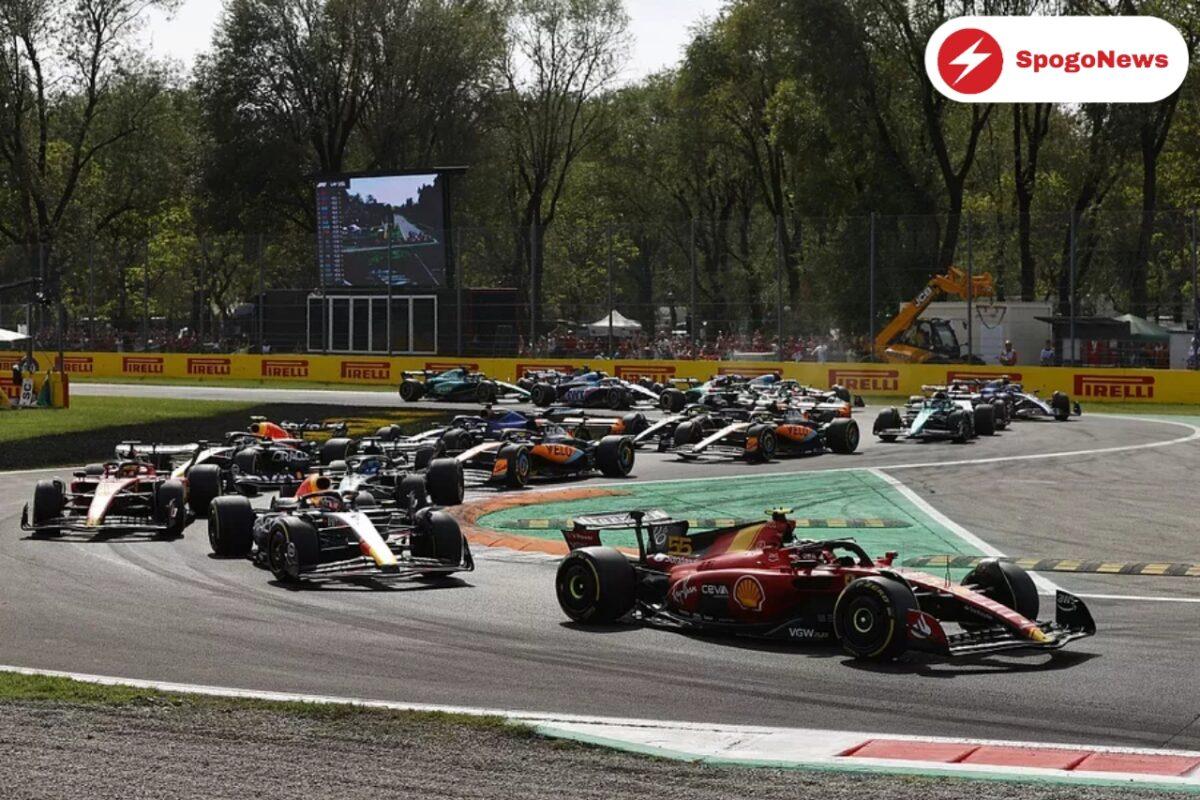(Motorsports news) The governing body for motor racing is presently putting the finishing touches on the draft chassis rules that will regulate competition starting in 2026. The FIA has provided some additional information about what else might change, in addition to the planned transition to active aero to assist cut drag on the straights. The primary change will be in the size of the car, according to Nikolas Tombazis, the FIA’s head of single-seaters, who spoke exclusively to Motorsport.com’s Italian website.
“FIA aim to reduce the weight of the cars by around 50kg,” he stated. “With the dimensions of the wheels, which will be narrower, plus with the rear wing and the car in general.” Therefore, shorter and slimmer single-seater vehicles will be possible to view. However, we are discussing issues that still require discussion.
FIA will be able to somewhat lower the cornering speeds with the automobile on a diet. Due to their smaller weight, they will travel farther in a straight line yet provide less aerodynamic load. To ensure appropriate lap performance, FIA will therefore need to boost the hybrid’s energy recovery. The modifications slated for 2026 have not been without controversy, as Red Bull earlier this year warned of the possibility of ‘Frankenstein vehicles’ that would be difficult to compete against one another. Generally speaking, we want the cars to weigh about 50 kg less, he said.
Therefore, shorter and slimmer single-seater vehicles will be possible to view. However, FIA is discussing issues that still require discussion. We will be able to somewhat lower the cornering speeds with the automobile on a diet. Due to their smaller weight, they will travel farther in a straight line yet provide less aerodynamic load. To ensure appropriate lap performance, we will therefore need to boost the hybrid’s energy recovery.
The modifications slated for 2026 have not been without controversy, as Red Bull earlier this year warned of the possibility of ‘Frankenstein vehicles’ that would be difficult to compete against one another. Even the idea that drivers might need to downshift midway down straights in an effort to improve their hybrid systems raised worries.
Tombazis makes it obvious that the FIA has worked hard to make sure that what will be in place for 2026 is effective from a racing standpoint. “A lot of work has been done to understand how energy recovery and management will have to be done, and how overtaking can be done based on the aerodynamic configuration,” the speaker stated. “We have run numerous simulations with these parameters changed, and we have identified solutions that appear to be adequate.”
Tombazis contends that several of the early reservations made regarding the 2026 automobiles’ performance were not supported by the most recent simulation simulations. “The scenario put forward by those who were concerned would probably occur if one took the 2026 power units and mounted them on the current cars,” he stated. “However, we have gathered a number of extremely favorable occurrences in recent months, so the comments indicate outdated viewpoints. Additionally, we must consider that the engine and chassis will have to develop together; one cannot exist without the other.
Also read: Williams “won’t really stand a chance” in the upcoming F1 races
